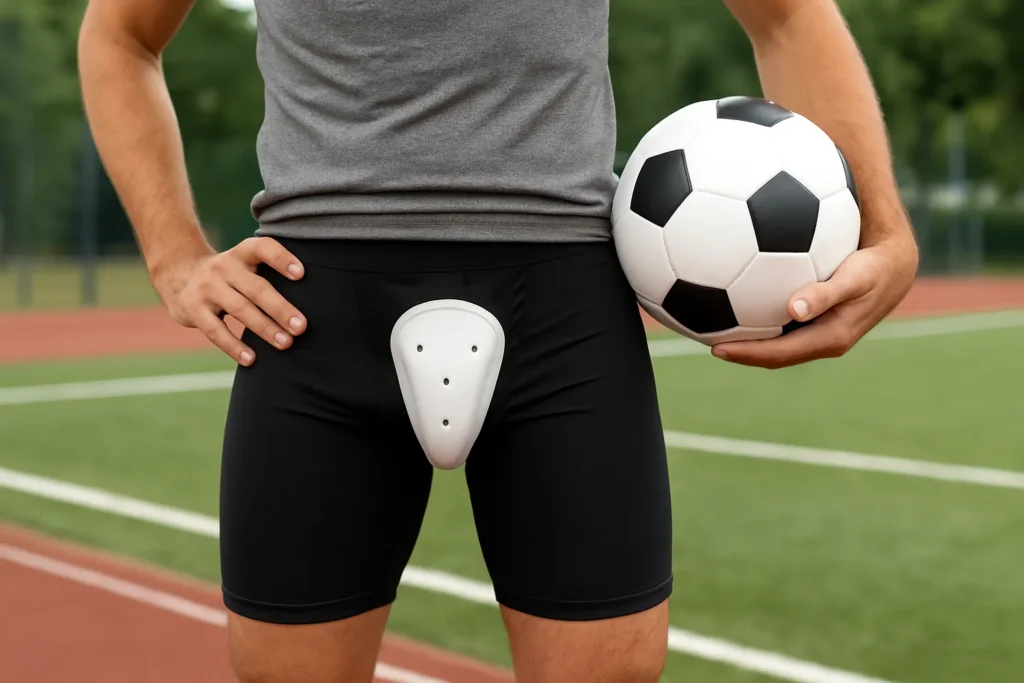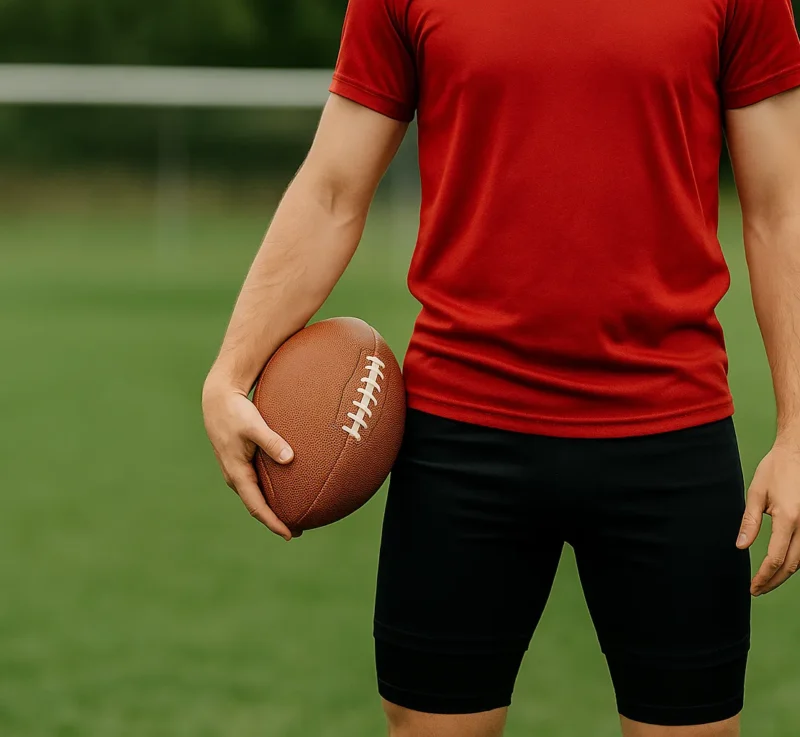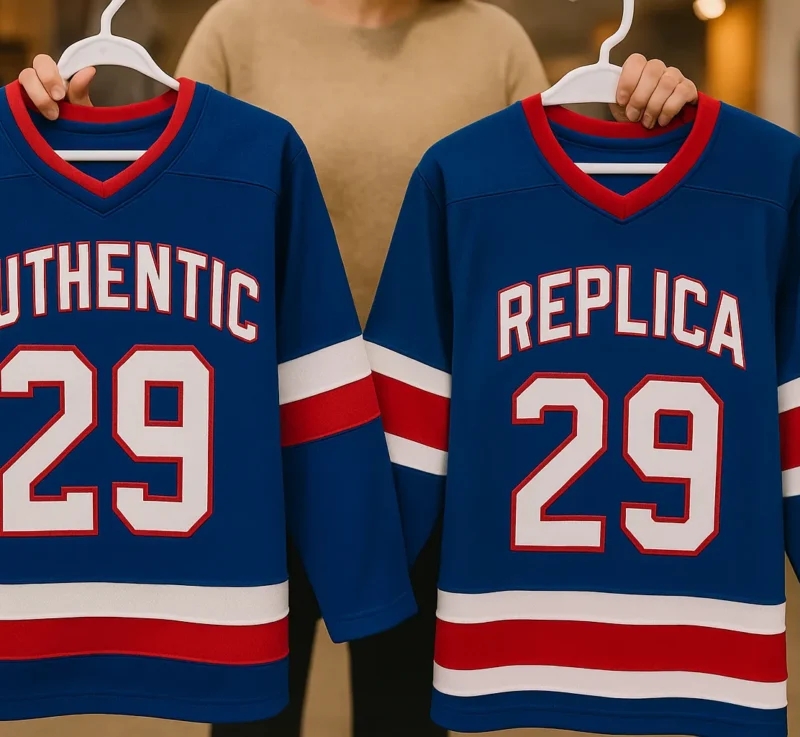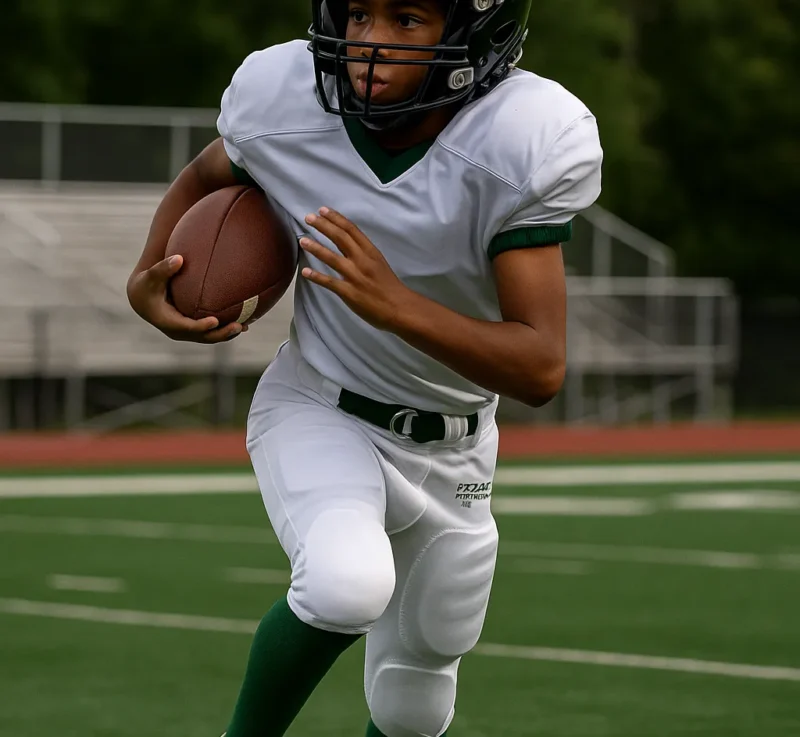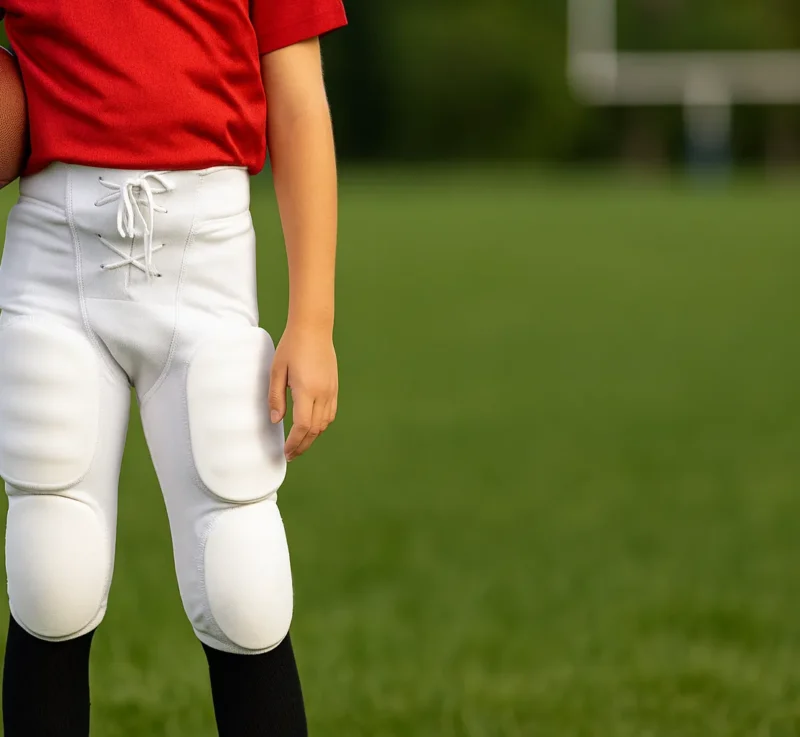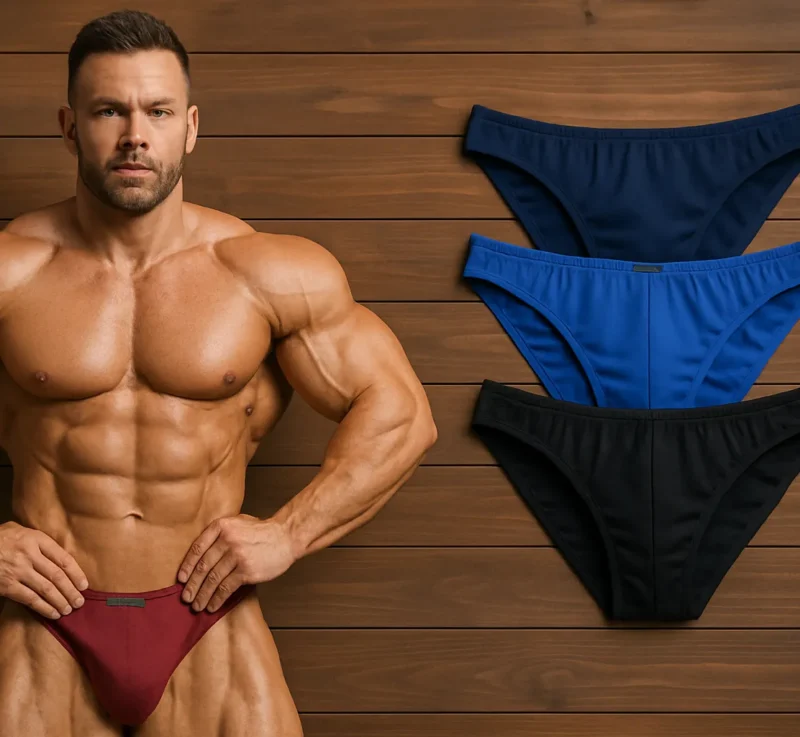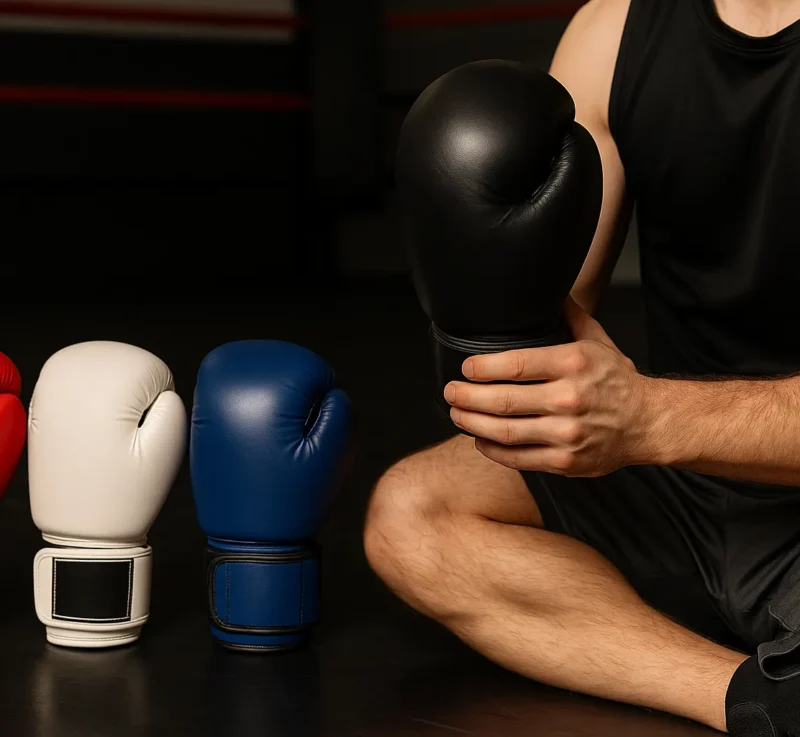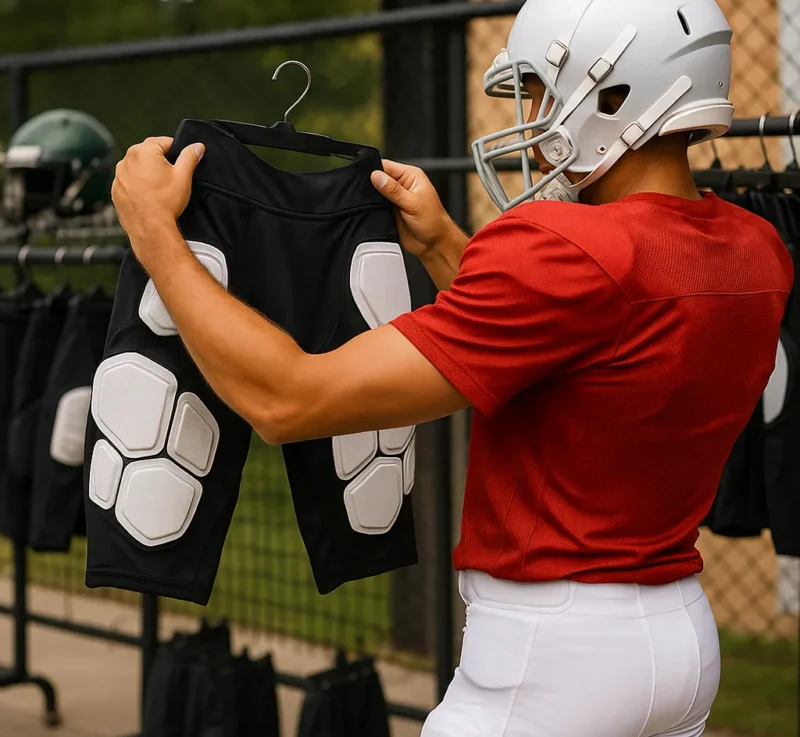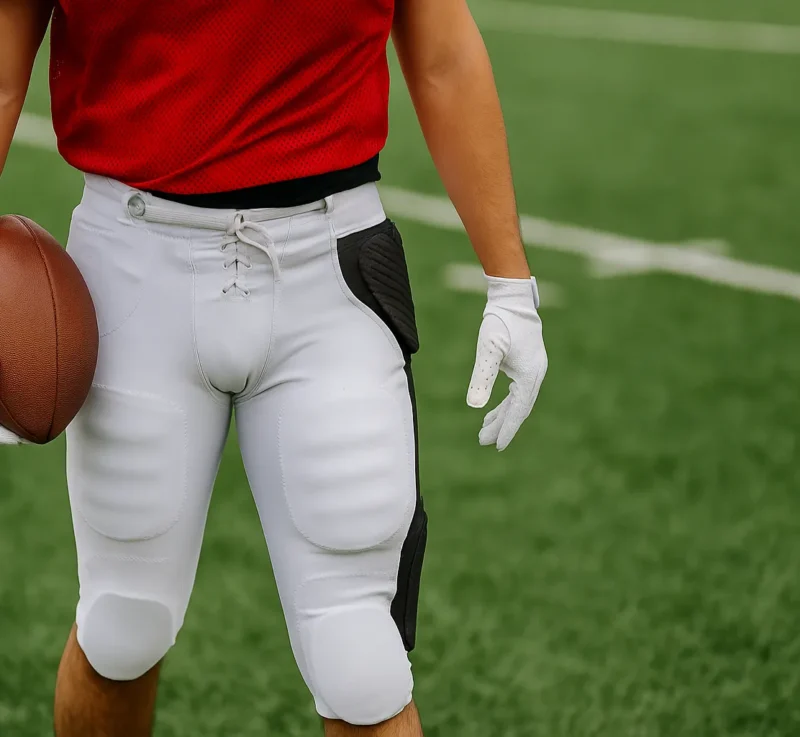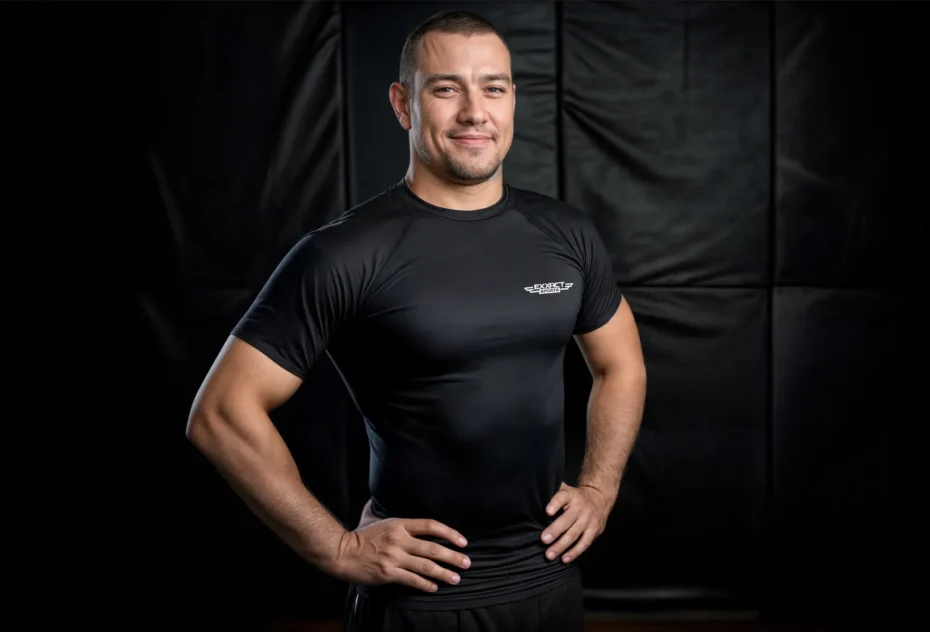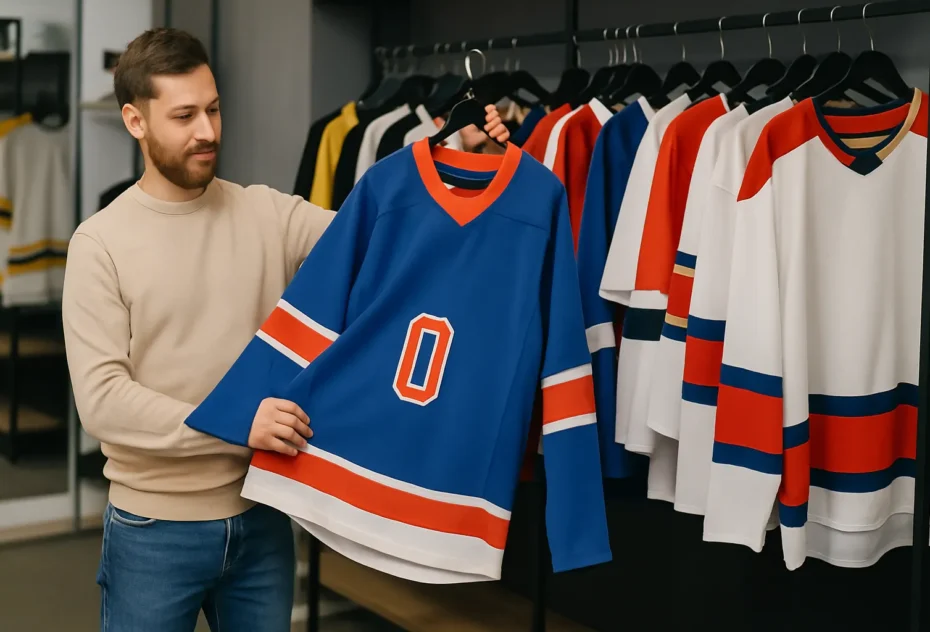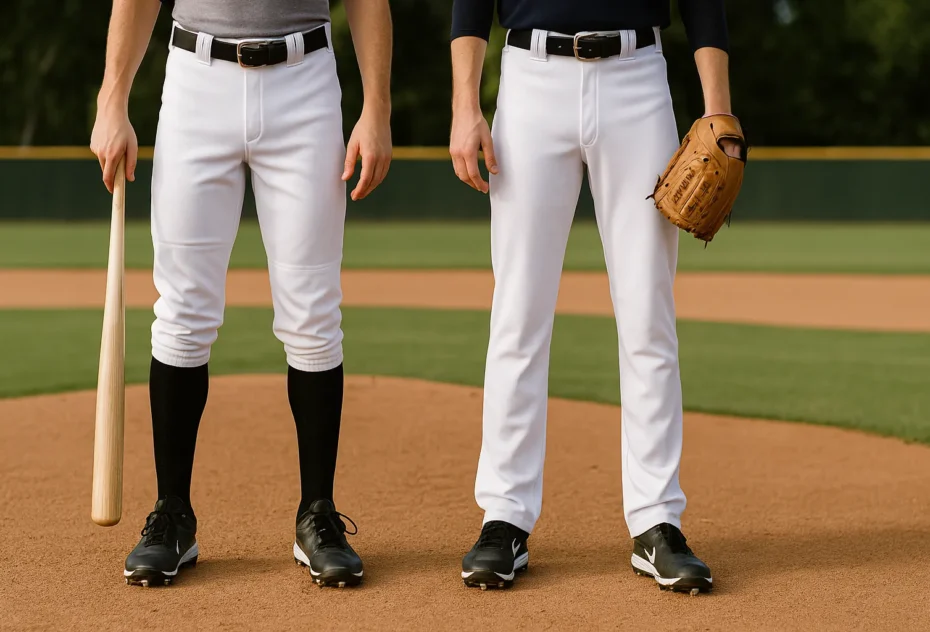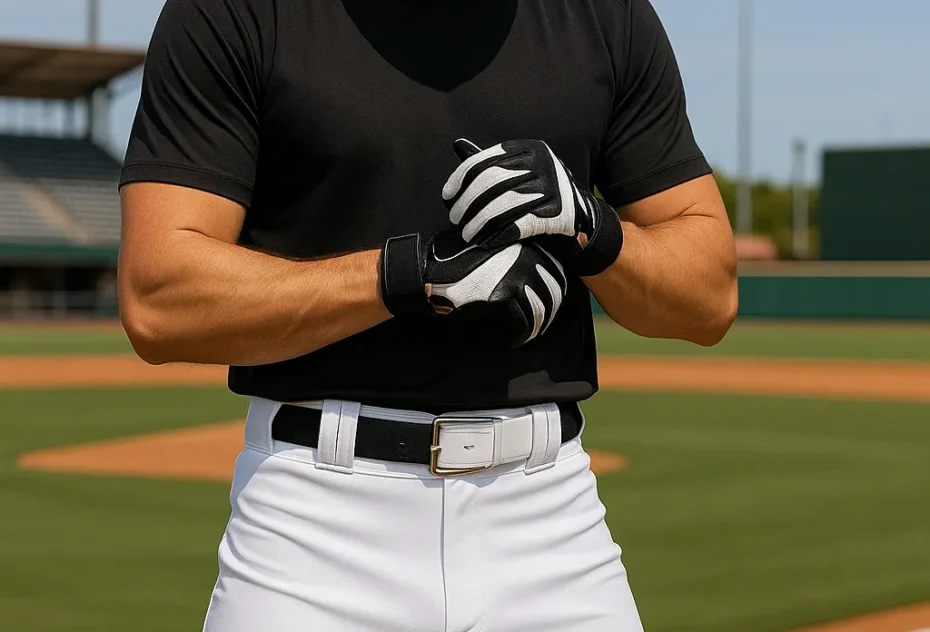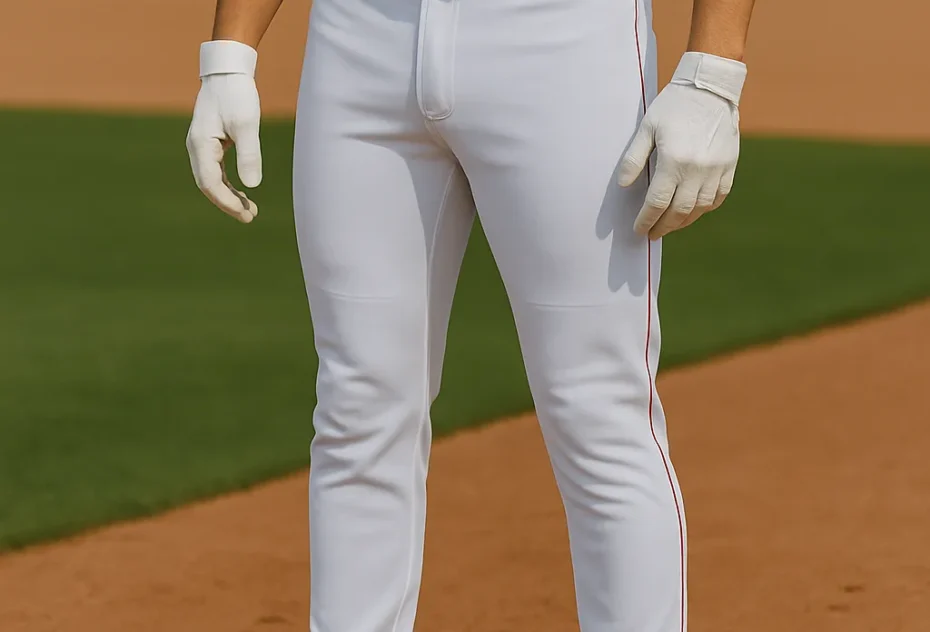In the world of sports gear, helmets and shoulder pads often steal the spotlight. But when it comes to essential protection, there’s one piece of equipment every athlete, especially in contact sports—should never overlook: the athletic cup.
Whether you’re stepping onto a baseball diamond, facing a fast kick in martial arts, or sliding into home plate, protecting your most sensitive area isn’t just smart. it’s non-negotiable. In this complete guide, we’re diving deep into what makes the athletic cup a crucial part of every athlete’s gear bag, how to choose the right one, and why you should never compromise when it comes to groin protection.
What Is an Athletic Cup?
An athletic cup is a hard protective shell designed to guard the groin area against blunt force trauma. It is commonly worn by athletes in sports like baseball, football, hockey, lacrosse, MMA, and martial arts—basically, any activity where stray balls, pucks, elbows, or knees could cause injury.
The cup is typically made of impact-resistant plastic or composite materials and is inserted into a jockstrap, compression shorts, or cup pocket underwear to hold it securely in place.
Why Wearing an Athletic Cup Is a Must
The thought of taking a hit to the groin sends shivers down any athlete’s spine—and for good reason. A direct impact can cause intense pain, serious injuries, and even long-term damage. An athletic cup acts like a helmet for your most vulnerable region.
Benefits of Wearing an Athletic Cup:
- 🛡️ Protects against direct impact injuries
- 🧠 Provides peace of mind for better focus during play
- 🧒 Essential for young athletes during development
- 🔄 Reusable and durable over many seasons
Sports That Require an Athletic Cup
While not all sports mandate wearing a cup, many strongly recommend it. Some leagues (especially youth leagues) even make it mandatory for safety.
Common Sports That Use Athletic Cups:
- ⚾ Baseball: Especially for catchers and infielders
- 🏒 Hockey: Where pucks can fly over 100 mph
- 🥋 Martial Arts/MMA: To protect against low kicks and knees
- 🏈 Football: For linemen and defensive players
- 🥍 Lacrosse: High-speed balls and physical play make it essential
- 🏏 Cricket: Similar to baseball, players need full groin protection
Types of Athletic Cups
Not all protective cups are made equal. Depending on your sport, age, and personal comfort, the type of cup you need may vary. Here’s a breakdown of the major types:
1. Traditional Hard Shell Cups
- Made from impact-resistant plastic
- Often includes a soft rubberized edge for comfort
- Ideal for high-contact sports like baseball or hockey
2. Soft Flex Cups
- Made of flexible materials
- Provides more comfort with a slightly reduced level of protection
- Suitable for youth training or non-contact practice sessions
3. Integrated Compression Shorts with Cup Pouch
- Combines athletic support with a secure pocket for the cup
- Keeps everything in place during high activity
- A favorite among athletes who dislike jockstraps
4. Youth Athletic Cups
- Sized specifically for kids and teens
- Lightweight, flexible, and often with added padding
- Comes with fun designs or colors to encourage use
How to Choose the Right Athletic Cup
Choosing an athletic cup isn’t just about picking the hardest shell. It’s about finding the right fit, comfort level, and mobility for your sport and body type.
🔍 Key Factors to Consider:
1. Fit & Size
- A cup that’s too small won’t protect effectively.
- One that’s too large will cause discomfort and chafing.
- Youth, teen, and adult sizes are available—check the manufacturer’s sizing chart.
2. Support System
- Decide whether you prefer a jockstrap, compression shorts, or cup underwear.
- Compression shorts offer more coverage and comfort during extended use.
3. Ventilation
- Look for vented designs or perforations to reduce heat and sweat.
4. Padding & Edge Comfort
- Soft edges around the cup provide better wearability.
- Some advanced models include gel or foam cushioning.
5. Material Durability
- High-impact sports need polycarbonate or carbon fiber composite cups.
- For low-impact training, thermoplastic elastomers may offer better flexibility.
Best Athletic Cup Brands in 2024
Here are some top-rated brands offering protection, innovation, and comfort:
🔹 Exxact Sports
- Known for high-performance athletic gear.
- Offers integrated compression shorts with cup support.
- Durable, breathable, and ideal for all ages.
🔹 Shock Doctor
- Popular for youth and adult cups.
- Offers advanced gel padding and flexible cup models.
🔹 Diamond MMA
- Elite level protection.
- Patented design prevents shifting and offers top-tier support.
🔹 NuttyBuddy
- Designed with anatomical shape.
- Often preferred by baseball players for secure fit.
Wearing an Athletic Cup: Dos and Don’ts
✅ Dos:
- Always wear the cup inside proper gear (compression shorts, jockstrap, etc.).
- Test the cup fit before game day to ensure comfort.
- Clean the cup regularly to prevent odor and bacteria build-up.
❌ Don’ts:
- Don’t wear a loose or floating cup—it defeats the purpose.
- Don’t reuse damaged or cracked cups.
- Don’t wear a cup without supportive undergarments—it can shift dangerously.
Caring for Your Athletic Cup
A well-maintained athletic cup can last for multiple seasons. Here’s how to care for yours:
🧼 Cleaning Tips:
- Wash after each use with mild soap and water.
- Air dry completely to prevent mildew.
- Avoid direct sunlight or heat dryers—it can warp the plastic.
🧺 Storage:
- Keep it in a ventilated gear bag.
- Avoid leaving it inside sweaty gym clothes.
Youth Athletes and the Importance of Groin Protection
Young athletes are particularly vulnerable to injuries. Since their bodies are still developing, it’s vital to start using protective gear early—especially in high-speed sports like baseball, football, or lacrosse.
Many youth leagues require an athletic cup as part of their safety guidelines, especially for catchers or goalies. Luckily, today’s youth cups are designed with comfort, flexibility, and fun designs that encourage kids to wear them without fuss.
Common FAQs About Athletic Cups
1. At what age should kids start wearing an athletic cup?
Most kids should start wearing a protective cup by age 7 to 9, especially if they’re involved in contact sports.
2. Is a jockstrap better than compression shorts?
Compression shorts are more comfortable and provide added muscle support. Jockstraps may feel more secure for some athletes.
3. How do I know if the cup fits right?
The cup should cover the groin area completely without pressing too tightly or shifting during movement.
4. Can girls wear athletic cups?
Girls don’t require groin protection like boys, but pelvic protectors are available for female martial artists and catchers.
5. Are athletic cups uncomfortable?
Modern cups are designed for comfort and flexibility. Choosing the right size and support system eliminates most discomfort.
Conclusion
It’s easy to overlook the athletic cup when packing for practice or gearing up for a game. But when it comes to protecting yourself on the field, court, or mat, few items are as essential. Choosing the right athletic cup means peace of mind, optimal performance, and injury prevention in the most critical area.
With so many styles and support systems available from youth athletic cups to compression shorts with built-in cup pockets there’s no reason to risk going unprotected. Invest in a high-quality cup that fits your sport, your body, and your intensity level.
Because when the game gets intense, you’ll be glad you wore it.


